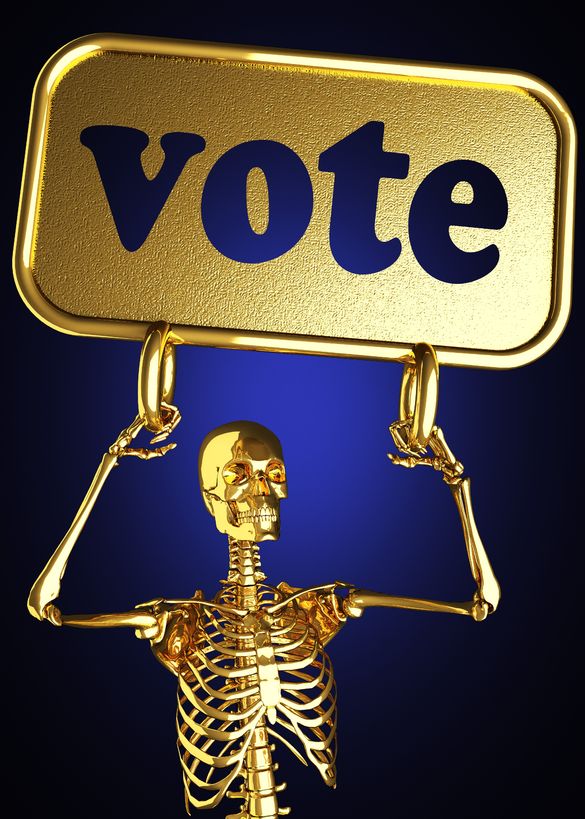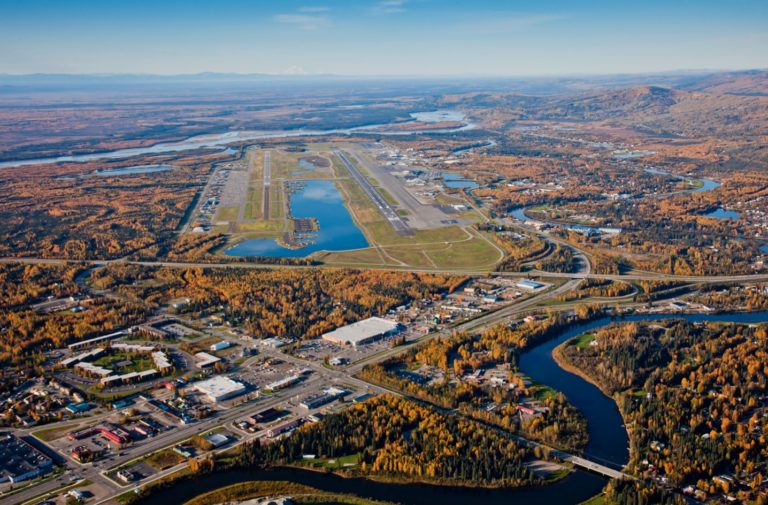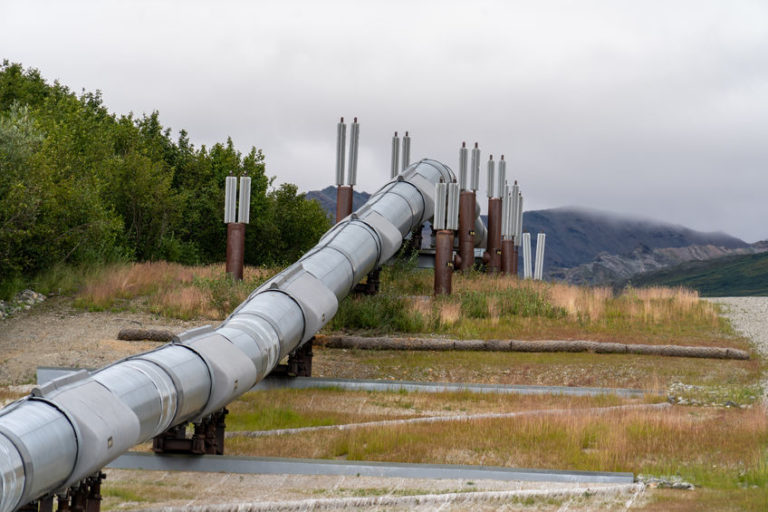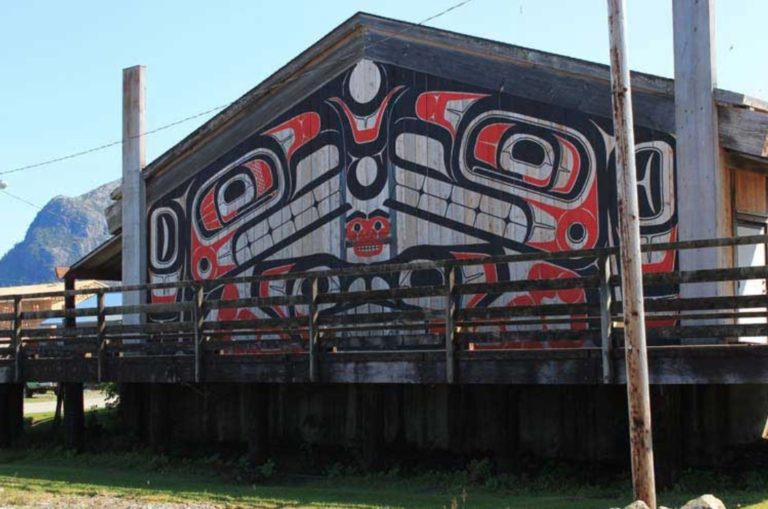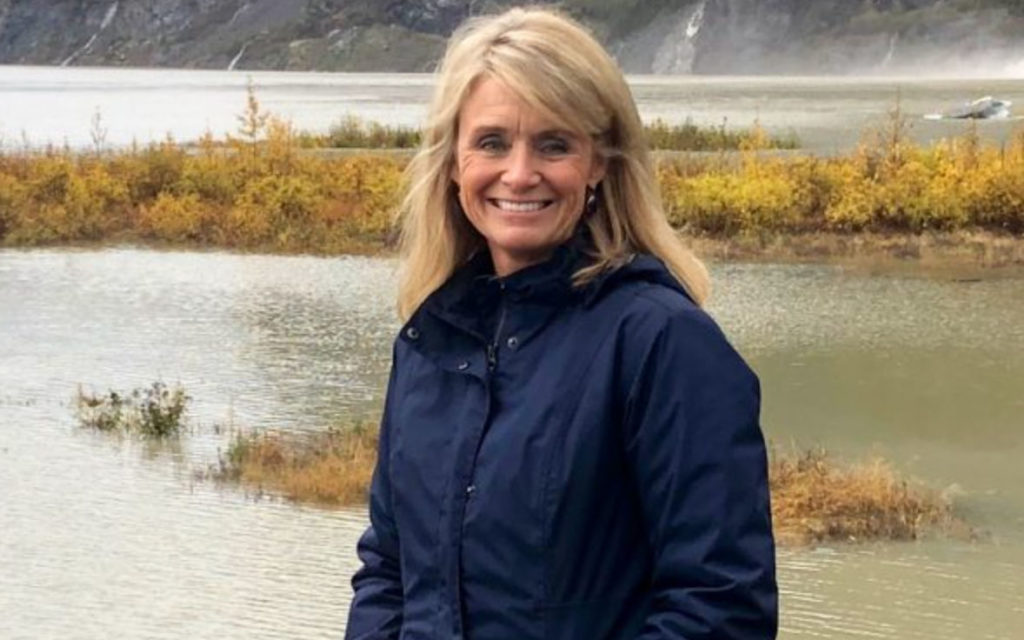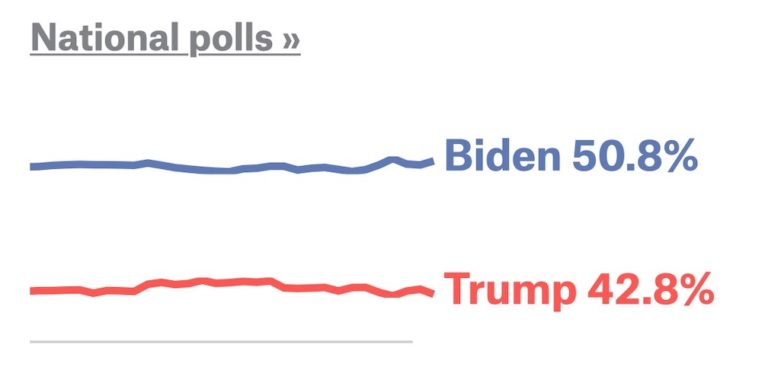VOTE NO ON BALLOT MEASURE 1
By TOM BOUTIN
As part of Gov. Hickel’s administration over 26 years ago I was asked to accompany him on a trip to Ketchikan during which he had indicated he would decide whether to run for re-election.
He spoke at the Chamber of Commerce, and I spoke somewhere else, undoubtedly about some forestry matter. He decided to not run. So the 3-way 1994 gubernatorial election had Democrat Tony Knowles, Republican Jim Campbell, and long-time Republican and sometime independent Lt. Gov. Jack Coghill. Knowles won, beating Campbell by only 583 votes.
Still working at Alaska DNR I was told to attend a meeting at Juneau Fish and Game headquarters, my first meeting in the Knowles administration. My supervisor and I represented DNR, and perhaps 12 people from Fish and Game, as well as people from Law and other departments attended.
I had not been told of the meeting topic but a handout did that; it was a state strategy to close the Ketchikan pulp mill. The new commissioner opened the meeting, then left. He came in again about 10 minutes later and took away the handout. The meeting soon closed.
The discussion had included that demand placed upon the Tongass National Forest allowable timber cut by the pulp mill was seen by Fish and Game and environmentalists as the source of all and multiple environmental problems in southeastern. Mill closure was the offered solution.
During that era, the Clinton White House had identified spotted owl population decline as a way to reduce federal land timber harvests in the Pacific Northwest, meeting demands of environmentalists, college students, outdoor clothing retailers, and fly fishing interests.
President Bill Clinton’s “Gang of Four” foresters, which included the United States Forest Service Chief, looked just as hard at the Tongass even though Alaska had no spotted owls. In short order, the long-term timber sale contract between Ketchikan Pulp and the Forest Service was terminated, and the pulp mill and associated sawmills closed. Tongass timber harvests fell by about 95 percent after the closure of both pulp mills and associated sawmills.
The election of Governor Tony Knowles, that meeting at Fish and Game headquarters in Juneau, and the Clinton administration came at the worst possible time for the Alaska forest products industry, which employed 4,000 people. The industry never recovered, and even Rhode Island towers over Alaska today in forest products output and jobs, although the Tongass National Forest is much larger than Rhode Island. (Alaska has more commercially viable timberland than any other state.)
If the White House changes hands in the upcoming election, meetings aimed at dismantling the Trans-Alaska Pipeline System having similarities to that Knowles Administration meeting will soon follow.
Powerful forces see the pipeline as the source of pressure on the Arctic National Wildlife Refuge, the National Petroleum Reserve Alaska, NWR, and even non-petroleum Arctic resources. National and international banks, Green New Deal activists, alternative energy industrialists, petroleum firms not operating in Alaska, and political factions often in the news will quickly join forces to dismantle the pipeline, knowing that once that is accomplished the wherewithal to ever again develop North Slope petroleum will become unattainable. Possibly Congress and the U.S. Supreme Court would also have roles in either allowing or preventing the demise of our oil industry.
The belief that world oil demand has peaked, and current political thinking about climate change allow many to see Alaska oil as best left in the ground. For Alaskans who benefit from North Slope petroleum, and that is all of us, the timing of Ballot Measure 1 could not be worse or more dangerous.
Approval of Ballot Measure 1 this November would shock many board rooms around the world. North Slope operators would suffer immediate and substantial economic difficulties brought by prohibitively higher tax rates, and many would see that election result as a strong indicator that even most Alaskans desire a speedy end to our petroleum era.
Washington, D.C., NYC, London, Geneva and other political and financial centers would, of course, welcome the news that Alaskans are at odds with their own North Slope workers and operators.
Alternatively, a defeat of Ballot Measure 1 on Nov. 3 will send a strong message that Alaskans are willing to fight to keep the Alaska petroleum industry alive, and that we are alert to the dangers posed by those big money interests.
I wish we had fought harder to support and retain a forest products industry in Alaska. I wish I had fought harder, and the reason I did not seems impetuous today. Environmentalists better understood the politics. Alaska had a much stronger comparative advantage in fine-grain lumber, high-grade pulp and forest chemicals than in oil and gas; but administrations in Washington and Juneau believed that trees should die of natural causes.
It’s now clear to me that lost economic output is never regained or replaced in Alaska; government jobs and jobs selling tee-shirts made in Bangladesh are no substitute for natural resource and manufacturing jobs.
No one will come to rescue the Alaska economy if Alaskans are not willing to fight to keep it. Please vote NO on Ballot Measure 1.
Tom Boutin spent more than 17 years in state government, but also had a career spanning 30 years in the private sector, much of it in timber. He retired as president of the Alaska Industrial Development and Export Authority.

